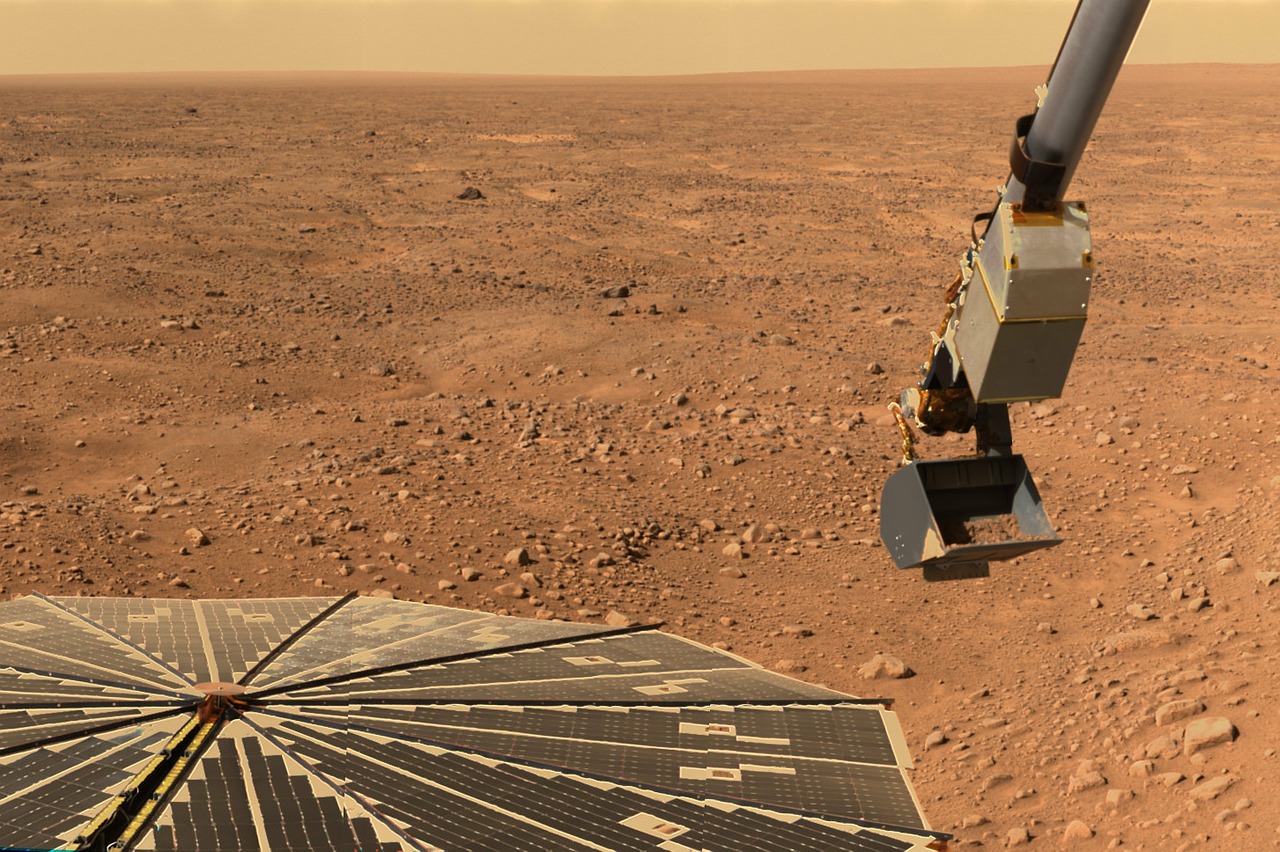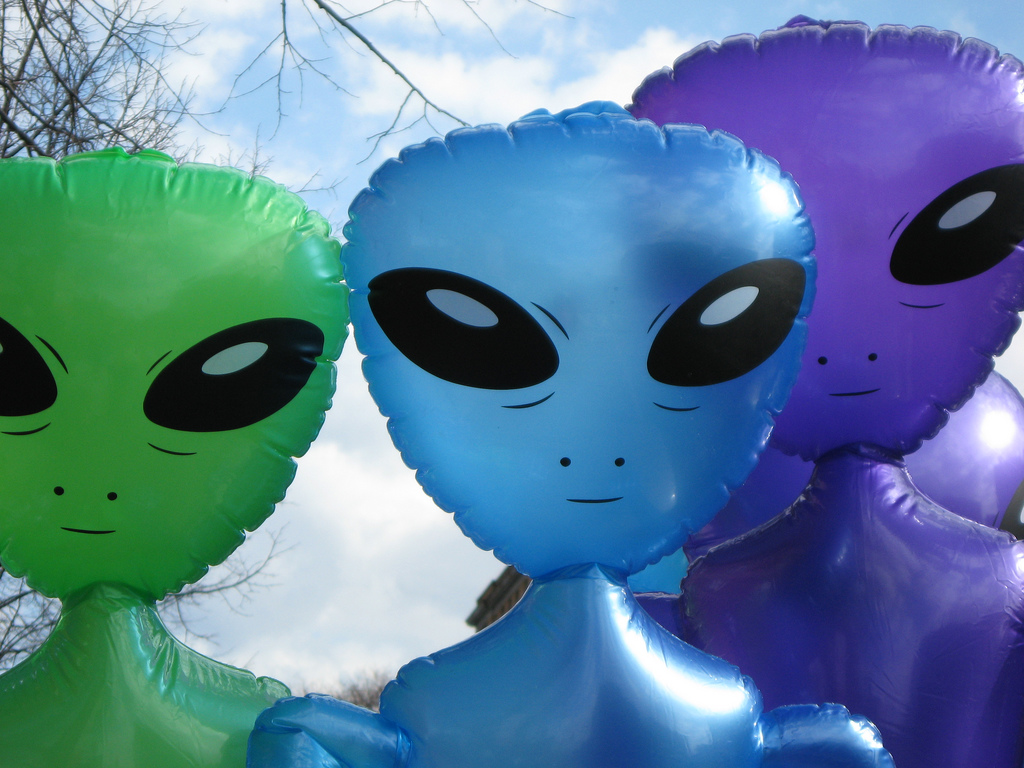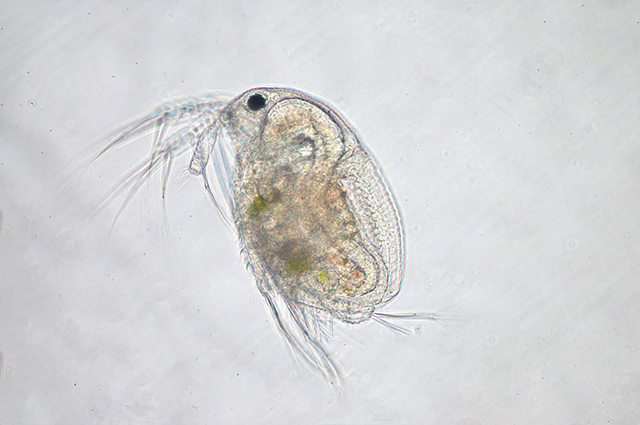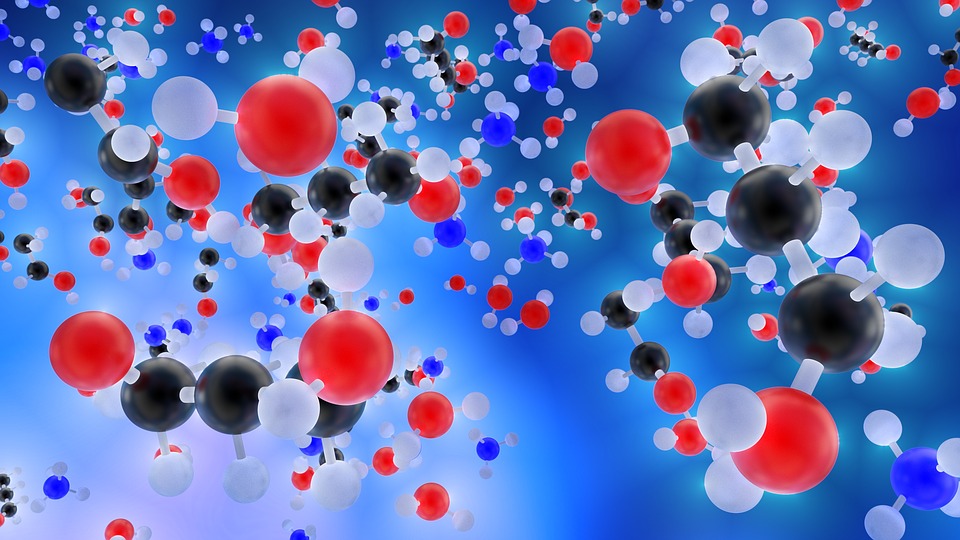The ice cap of frozen worlds – like the Jovian moon Europa – could be concealing alien life. In a Space.com article, new research suggests that heat from the hydrothermal vents at the bottom of global oceans could be reacting with oxidants that penetrate the ice sheet, there providing the conditions for life in these icy moons.
Europa is one of the many moons of Jupiter. It is known as an ice world, along with its fellow satellites Callisto and Ganymede, and their Saturnian counterparts Enceladus and Titan. Their entire surface is covered by water, which is masked by a thick layer of ice.
The oceans of the Earth are mostly kept warm and liquid by heat from the Sun. But Europa and the other moons are too far from our solar system’s primary star.
Instead, the heat that keeps their global oceans from completely freezing up is provided by fissures in the seabed. These hydrothermal vents will stir the seawater around them, sending nutrients and any microbes upwards. (Related: Scientists believe the Earth had water before we had the moon, according to surprising new study.)
Europa’s hydrothermal vents and radiation can provide nutrients and oxidants for life
At the surface of Europa, these nutrient-rich waters would encounter oxidants. Important chemicals that can be used by organisms to convert nutrients into energy, oxidants include oxygen, which helps Terran lifeforms burn food.
These oxidants are created on the surface by excited electrons radiated by Jupiter. The chemicals could be carried down into the hidden seas by the constant grinding motion of the icy crusts.
It so happens that nutrients and oxidants are two of the building blocks for life. A study led by NASA researcher Michael Russell proposes that the interaction between the heated, food-rich water from the hydrothermal vents and the nutrient-burning chemicals from the surface could create and sustain life underneath the ice of Europa.
Russell – who works at the space agency’s Jet Propulsion Laboratory (JPL) – remarks that a biosphere could form just beneath the icy crush of the Jovian moon. Europa contains all the ingredients and free energy needed for the formation of life. The same may hold true for the other icy moons.
In a recently published paper, he and his JPL teammates brought up the fact that Earth has layers sandwiched between ice and water that support entire ecosystems teeming with life. For example, Antarctica spends half of the year bathed in constant sunlight due to the way the Earth is tilted.
Antarctic and Arctic ecosystems suggest Europa could harbor similar forms of life
During this six-month-long summer, there is a massive boom in algae underneath the Antarctic ice. This is followed by a corresponding increase of bacteria, protists, and multicellular invertebrates like krill that feed on the algae and each other.
Another example cited by the JPL report are the waters around Axel Heiberg Island in the Canadian Arctic Archipelago. Sulfur runoff from the island’s Gypsum Springs supports bacterial colonies underneath the ice and snow.
Based on their findings, Russell’s team proposes that interplanetary missions to Europa could deploy robots to search the underside of the moon’s frozen crust for microbial mats. They believe microbial populations on Europa could reach the same densities as the mats found on Earth.
“If we were to find life on Europa, then that would strongly support the submarine alkaline vent theory,” says Russel. This theory suggests that life on Earth began at alkaline hydrothermal vents, which are called “white smokers” because they look like they are emitting such smoke underwater.
Interested in other news about the icy moons of our solar system? You can find more at Space.news.
Sources include:
Space.com
LiebertPub.com





















